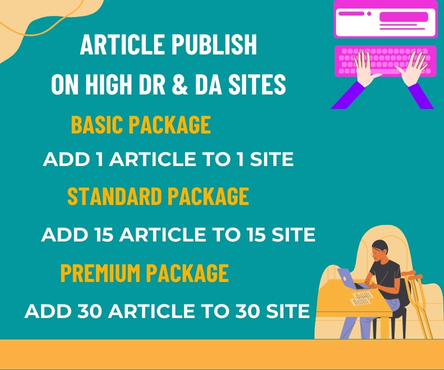In the digital age, online flipbook have emerged as an invaluable tool for businesses, educators, and marketers to engage their audiences in an interactive and visually appealing way. As more companies and organizations shift to digital formats for their publications, brochures, and catalogs, the need for customization in online flipbook conversions has become increasingly crucial. Customization enhances the user experience and can help businesses stand out in a crowded digital marketplace.
Enhanced User Engagement
One of the primary reasons customization is vital in online flipbook conversions is the ability to enhance user engagement. Unlike traditional static documents, flipbooks offer a dynamic, interactive format that simulates the experience of flipping through a physical book. Customizing elements such as layout, navigation, and design can make the flipbook more intuitive and enjoyable for users. For instance, incorporating branded elements like logos, colors, and fonts can help reinforce brand identity and create a more cohesive experience for readers. The addition of interactive features such as hyperlinks, videos, and audio can further captivate the audience, making the content more engaging and memorable.
Mobile-Friendly Accessibility
As more consumers access digital content on their mobile devices, it is essential for online flipbooks to be mobile-friendly. Customization allows for the optimization of flipbooks across a variety of screen sizes, ensuring that the content is accessible and easy to read on smartphones and tablets. By customizing the layout and design, businesses can guarantee that the flipbook’s interface adapts to different devices without compromising its functionality or appearance. This mobile compatibility not only improves user experience but also increases the chances of reaching a wider audience, especially as mobile browsing continues to surpass desktop use.
Branding Consistency
Customization plays a critical role in maintaining branding consistency across digital publications. When converting printed materials into online flipbooks, it is vital to reflect the company’s unique style and voice. Customization allows businesses to incorporate specific branding elements, including logos, color schemes, fonts, and even custom navigation buttons, all of which help maintain a professional and unified look. Consistent branding builds trust with the audience and strengthens recognition, making the content more likely to resonate with users.
Analytics and Tracking
Another advantage of customizing online flipbooks is the ability to integrate advanced analytics and tracking features. By embedding tracking codes and analytics into the flipbook, businesses can gather insights into how users interact with the content. Customization allows for the inclusion of interactive elements that can be tracked, such as clicks, page views, and video engagement. These data points provide valuable information that can inform future marketing strategies, content improvements, and user experience enhancements. With analytics, businesses can identify which sections of the flipbook are most engaging, enabling them to focus efforts on what works best for their audience.
SEO Benefits
Search Engine Optimization (SEO) is another reason to invest in customizing online flipbook conversions. Search engines like Google prioritize content that is well-structured, relevant, and user-friendly. Customization allows businesses to optimize their flipbooks with SEO-friendly features such as metadata, keywords, and descriptions, helping the content rank better in search engine results. Additionally, by integrating social sharing buttons and ensuring that the flipbook is easily shareable across platforms, businesses can increase their visibility and reach a broader audience.
Conclusion
In conclusion, customization is essential for making online flipbook conversions more effective and appealing to audiences. From enhanced engagement and mobile accessibility to improved branding and SEO benefits, customization ensures that flipbooks stand out in the competitive digital landscape. By tailoring the design, interactivity, and content to the specific needs of their audience, businesses can create a more impactful and memorable digital experience. As online flipbooks continue to gain popularity, embracing customization will be key to staying ahead of the curve and maximizing the potential of this versatile tool.

